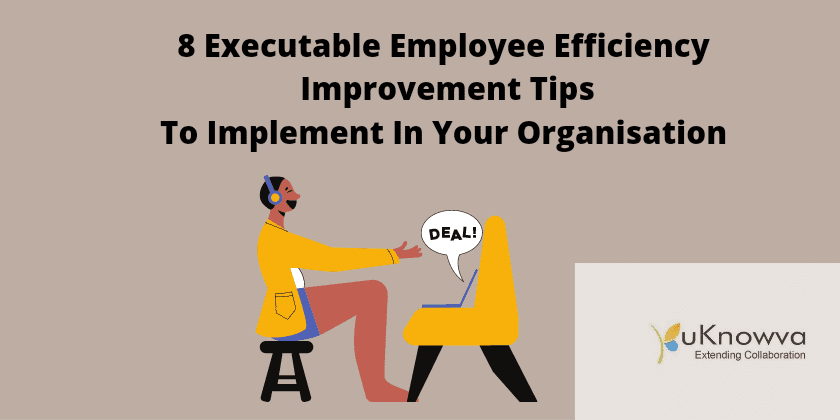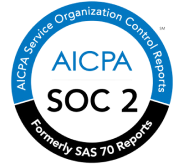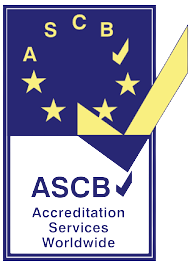With the shift in the way we work, companies are finding ways to increase their employee’s efficiency rates.
A study already suggests there’s a 47% increase in workflow productivity while working from home. But not every company can afford that.
Another survey concludes that people are planning to return to their workstations. But some companies and employees want to try hybrid work styles now that they have worked from home during a pandemic.
In conclusion to this scenario, we can say there is no one fit working module for employees after COVID-19. After research and multiple surveys, acceptance of this fact puts immense pressure on HRs to develop employee skills.
That’s why, today, it’s imperative to learn executable employee efficiency improvement tips. Implementing these in the organisation, despite the location, boost internal branding and retention rates.
In the end, employees prefer the company over others in the loop when they think of leaving.

8 Executive Employee Efficiency Improvement Tips Are:
1. Learn to delegate tasks to the hired and talented workforce.
Improve employee efficiency score in your organisation by delegating tasks to the eligible workforce. This delegation is easier when you hire right from day one using the recruitment engine features on uKnowva.
When employees love their assigned tasks, their productivity also automatically improves. That’s why this is one of the most fruitful and executable employee efficiency improvement tips available in the listicle.
2. Allocate tasks and projects aligned with skills and expertise.
Allocation of projects and related tasks is easier using the Projects & Timesheets features on uKnowva. HRs can also check previously completed projects and the productivity earned from there.
Accordingly, the reporting managers too choose the apt list of their team members for a particular project. This is a time- and cost-saving tip.
3. Promote transparent communication throughout.
Communication is an important part of skill development in an employee. More so for employees working remotely or at isolated locations.
With communication over a social intranet network, teams build trust amongst each other.
When messages deliver quickly, communication floats faster. This solves queries upfront. Then there is less or no misunderstanding between two or more team members.
This is one of the most favoured and practiced executable employee efficiency improvement tips. So employers too sharpen their communication skills because they have to persuade their subordinates to accomplish timely tasks.
Basically, clear-cut communication should be one of the pillars of building and improving employee efficiency scores.
That is from their first day in the company to the last. It leaves them with a lasting impression of the company culture too.
4. Help employees set up time-bound goals.
The employee management system in the firm helps set time-bound goals interactively. uKnowva is one example of such a system. In the HRMS, employees can set their own KPIs and give weightage.
The approval of the same can be from the relationship manager’s end in the same UI quickly.
The practice of setting up their own goals harnesses their entrepreneurial mindset in the long run. It’s a good habit to become self-reliant and independent at any firm.
When they set up their goals, they will work extra smart for those tasks. But, again, it’s a employees' psychological factor because then they will be accountable to themselves for the results they draw from their chosen KPIs.
5. Set up incentivizing programs in the organisation for employees.
One of the best executable employee efficiency improvement tips is to plan incentives for them. It’s in return for their street-smart, digitally proactive, or witty contribution. That could be towards any complex goal, task, or the entire project.
For example, if employees crack tough deals and bring in an unexpected number of leads to the organisation, they should get equally rewarded. These could include, but are not limited to:
- Free meals,
- Shopping or similar coupons,
- Handwritten notes,
- Appreciation and recognition in front of the firm: start of the month,
- Free learning courses,
- Free or incentivised trips,
- Free paid leaves
This would boost their confidence in the company to work harder next month. Plus, they can unwind from the stress of achieving this feat by using these incentives. Finally, it shows the company cares about their contribution – small or big.
6. Train employees to upgrade their calibre.
Help and train employees as a core part of the skill development. They need their managers, leaders, or seniors' support in this. At times, they are not aware of the skills they should sharpen.
That’s when HRs or reporting managers can study their project reports from the HRMS software. Reading and analysing them is helpful to guide employees to train certain skills: educational, technical, mentoring, vocational, and more.
If a company provides them with e-learning modules, even remote working staff can learn and earn their value as an employable resource.
7. Encourage employees to find the balance between quality & quantity of work.
Overburdening employees with work can discourage them from using their full potential.
To overcome this obstacle to achieving higher efficiency rates, HRs must encourage employees to find that balance of quality and quantity with their KPIs.
Here, an employee management system can work fruitfully. Using that tool, employers can know if their employees are working punctually or not. The signs that employees are overburdened include:
- Turning up to work late.
- Not completing their daily KPIs on time.
- Responding late to work calls, emails, or messages.
- Having trouble reporting their work structure in the system.
- Investing too many hours without productive results.
So, when there is a fine balance between quality and quantity of work, these problems reduce automatically.
Then employees feel charged up with high motivation and morale. They want to complete their work before the deadline and unwind later. That’s because they also pay attention to their work life cycle quality.
8. Receive and work on constructive feedback.
Allowing feedback to drive the company’s growth for better internal branding is among other executable employee efficiency improvement tips to follow.
An honest exchange of constructive feedback and the desired action leads to better productivity between teams. If teams’ work portfolio improves; eventually, the company’s net profit and sales funnel expand.
This practice is important because then employees can work on their weaknesses and sharpen their strengths. As a result, a company internally improves and becomes better at managing people because of this habit.
Conclusively, employees feel their opinions matter. Then they have a scope of a better career in a firm that listens to and acts upon the exchanged feedback.
Conclusion:
Improving employee productivity and efficiency is no less than a feat, especially when a company is growing and still figuring out its company.
However, executable employee efficiency improvement tips mentioned above promise employees an easy, genuine, and interactive journey. They aspire to stay longer in the firm if these tips are implemented from day one.
Contact us for your HRMS instance today!












